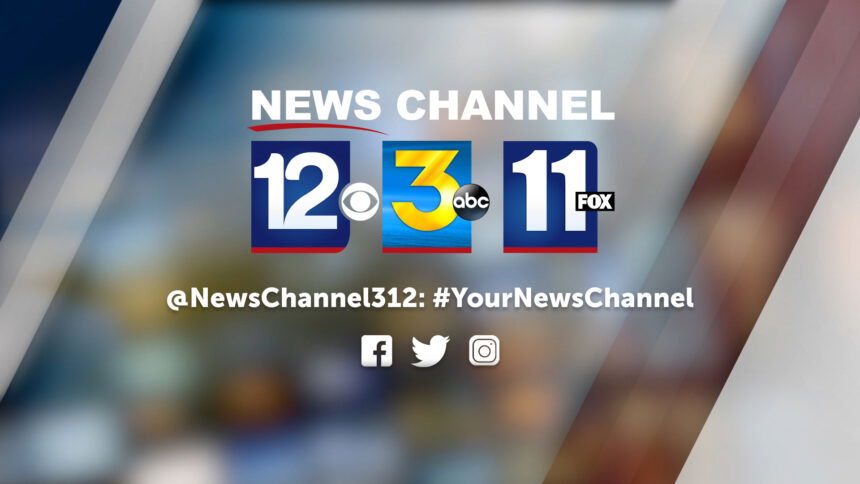A former Secret Service agent who served on two presidential details told House lawmakers Thursday that “very atypical” security protocols were in place at the July 13 campaign rally where former President Donald Trump was nearly assassinated.
Patrick Sullivan, a 20-plus-year veteran of the agency, told members of the bipartisan task force probing the assassination attempt against Trump in Butler, Pa., that the communications plan and placement of agents deviated from ordinary security protocols.
Sullivan took specific issue with having two separate command posts for Secret Service and local law enforcement, the lack of a single radio frequency to quickly communicate threats and the failure to secure the perimeter of the Butler Farm Show grounds.
“There were decisions that were not appropriate in my opinion, and I’m really appalled at the communications plan or lack thereof,” Sullivan told Rep. Laurel Lee (R-Fla.). “I cannot fathom how that would be acceptable.”
Another witness, Butler County Emergency Services Unit Commander Edward Lenz, said that the Secret Service never asked him to deploy snipers to the roof of the American Glass Research building, from where shooter Thomas Matthew Crooks took aim.
“Normal command posts should be the state and local police, Secret Service and other federal partners,” Sullivan told task force ranking member Jason Crow (D-Colo.). “So this is very unusual. There should be just one overall command post.”
Sullivan also told Crow there should only be a single radio frequency monitored by the security detail of the protectee.
“If something happens, the security room’s responsibility is to immediately get on the radio, on the detail’s frequency and say, ‘There’s an issue. Remove the protectee from the stage,’” said Sullivan.
When Crooks was flagged as a suspicious person nearly 30 minutes before opening fire, Sullivan added, “it was probably going to be appropriate to remove the president from the stage.”
Sullivan also disagreed with past testimony from Secret Service Acting Director Ronald Rowe, who claimed counter-snipers typically set up near the protectee with their line of sight facing out toward the crowd.
“Generally speaking, the observation of the crowd is the responsibility of post standards and police officers posted in the crowd,” Sullivan contended Thursday. “Counter-snipers are supposed to handle threats outside the perimeter.”
“To a high degree of certainty, there are probably no weapons inside the secure area,” he pointed out, given that attendees have to pass through magnetometers to gain access to the event.
Rowe testified before a Senate hearing in July: “We should have had better coverage on that roof line. We should have had at least some other set of eyes from the Secret Service point of view, covering that.”
“That building was very close to that outer perimeter,” Rowe said of the roughly 130 yards between where Trump, 78, was standing and Crooks, 20, was shooting. “And we should have had more of a presence.”
Asked by Rep. Michael Waltz (R-Fla.) whether additional resources were needed in the future to secure perimeters like the one at the Butler rally, Sullivan, who helped safeguard former Presidents Ronald Reagan and George H.W. Bush, suggested that would help.
Crooks fired eight shots, striking Trump in the right ear, critically injuring rallygoers David Dutch, 57, and James Copenhaver, 74, and killing audience member Corey Comperatore, 50.
On Wednesday, the Trump campaign announced that the Republican nominee would return to Butler to hold another rally on Oct. 5.












:quality(70)/cloudfront-us-east-1.images.arcpublishing.com/cmg/PXPM5V4NQJANESO6IVZMC6XQJM.jpg)
